The Blue Dacnis or Turquoise Honeycreeper (Dacnis cayana) is a small passerine bird. This member of the tanager family is found from Nicaragua to Panama, on Trinidad, and in South America south to Bolivia and northern Argentina. It is widespread and often common, especially in parts of its South American range. Natural habitat includes forests and other woodlands, including gardens and parks. Despite its alternative name, it is not a honeycreeper, which are longer-billed. The adult male is turquoise blue with a black around the eyes, and on the throat and back. The wings and tail are black, edged with turquoise. The female and immature are mainly green with a blue head, paler green underparts and green-edged brown wings.
Geography: South America, Nicaragua, Panama and Trinidad
Size / Weight: 4.5″ / 10 – 15.5 g
Breeding: Blue Dacnis creat nests that are a deep, almost pouch-like cup of soft fibres and seed down. Their nests are suspended between leafy twigs in the outer part of trees. Clutch is 2 eggs that are white with dark markings. The female incubates the eggs, but is fed by the male.
Temperament: Blue Dacnis are social birds and are usually seen singly or in pairs or threes. However, groups of up to twelve individuals have been reported, most often with mixed-species flocks. They regularly follow other birds to fruiting trees and generally forage high, especially when searching for insects.
Diet: Fruits (apples, oranges, bananas), mealworms
DNA Testing
If there is no gender option listed for a bird on our website, that particular species is ‘monomorphic’, which means we’re unable to determine gender without purchasing DNA testing. DNA testing is an additional $149 per bird to guarantee preferred gender. DNA testing may add an additional 3-6 plus weeks to estimated delivery time to allow for gender results. See our FAQs for more info.


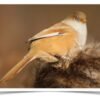
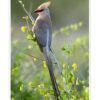


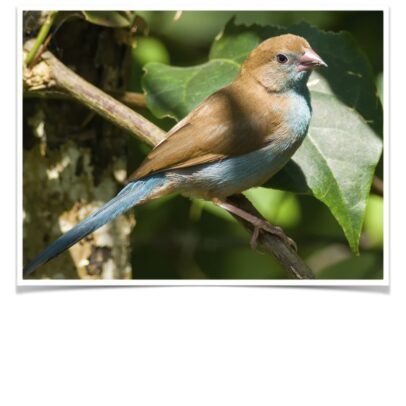

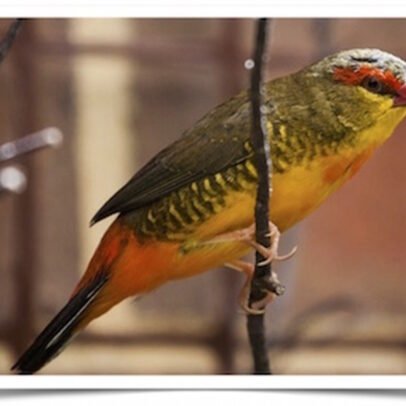

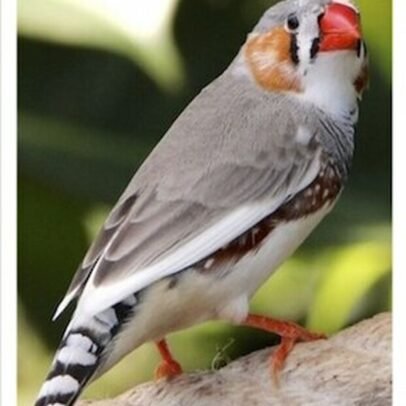

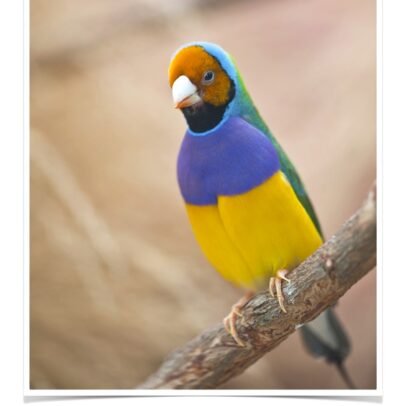

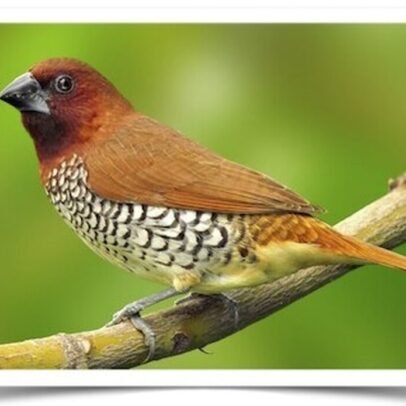
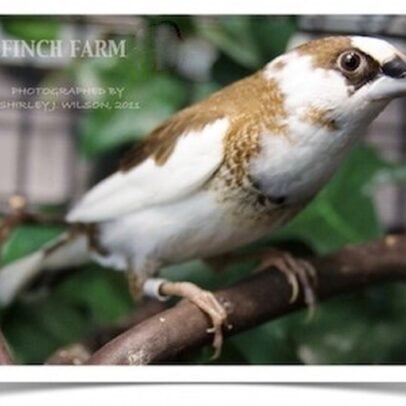


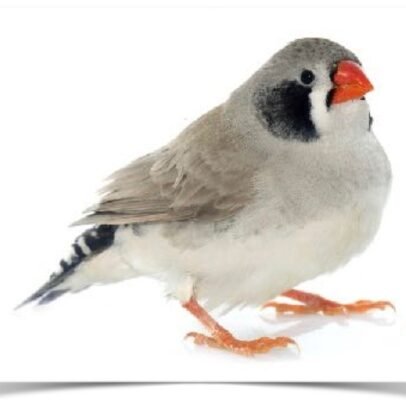

Reviews
There are no reviews yet.